by Nathan Johanning, University of Illinois Extension Commercial Ag Educator
One of the barriers to incorporating cover crops into corn and soybean systems is timely planting, which occurs during the midst of the fall grain harvest season. Also, the agronomics of many cover crop species are not well-researched. The ideal planting dates and survivability across the wide range of weather and climate conditions throughout the state are still largely unknown or not well documented.
The goal of this project is to evaluate the performance of different common cover crops prior to and after soybean in the crop rotation at different fall planting dates and seeding rates across Illinois. With this data, regional recommendations can be refined to provide more detailed information for farmers on the relationship of planting date, winter survivability, and resulting spring stand of various cover crops. Furthermore, this data will improve seeding rate adjustment recommendations based on planting date and region to help producers achieve optimal performance of their cover crop.
During the 2023 growing season, beginning with cover crop planting in fall 2022, Illinois Extension conducted two research trials at each of the following locations: 1) Northwest Illinois Agriculture Research & Demonstration Center, Monmouth; 2) Orr Agricultural Research and Demonstration Center, Perry; 3) Belleville Research Center, Belleville; and 4) Ewing Demonstration Center, Ewing.
Photos – N. Johanning, University of Illinois Extension
The two research trials focused on:
1 – The effect of cereal rye planting dates, seeding rates, and termination timing on cover crop biomass, soybean performance, and yield.
- Four cereal rye rates: 30, 60, 90 and 120 lb/A into corn stubble
- Three planting dates: Early, mid, and late planting date about 3-4 weeks apart between late-September and mid-November ahead of a no-till soybean crop
- Two different termination timings: 18”-24” cereal rye (2-3 weeks before planting) and mature cereal rye terminated at planting
2 – The effect of clover cover crop species and planting date, planted after soybean, on clover biomass and corn performance and yield.
- Two clover varieties: One balansa clover variety (‘Fixation’) and one crimson clover variety (‘AU Sunrise’) no-till drilled into soybean stubble
- Three planting dates: Early, mid, and late planting date about 3 weeks apart between late-September and late-October ahead of a no-till corn crop the following year
- One termination timing: All clover cover crops were terminated at corn planting.
The goal of both research trials would be to determine the optimal planting window for successful establishment of these cover crops and how their use influences crop growth and yield. It is important to keep in mind that this data represents one year across these locations, and we hope with the second year of data we can further refine recommendations and strengthen our conclusions to provide better guidance to the farmers of Illinois. With that being said, here are some observations we can make based off the data from year one.
Photos – N. Johanning, University of Illinois Extension
In soybean production, early fall cover crop planting has a great value for boosting cover crops, including cereal rye. Using lower seeding rates of cereal rye when planting early can save on seed costs and still achieve similar biomass. However, with the constraints of the harvest season, early planting may not be possible, and later planting dates still will provide good cover crop growth into mid-November. Also, if you want to achieve higher biomass, then regardless of when you planted or seeding rate, delaying termination until the rye is at its mature height will maximize biomass without any reduction in yield, in most cases. The exception to this in our research was at the Orr Center, where voles reduced yield in late-terminated plots. While voles can be very problematic some years, the damage seen in our small plots is not representative of field scale impact voles could have on yields. Soybean stand and yield were the same across the cover crop planting dates or seeding rates at three of our four test sites. This shows that cover crops can be utilized effectively as a management tool for such purposes as soil health, erosion control, and weed management without any penalty on soybean yield. The findings of this research should provide farmers of all sizes more confidence to try cover crops before soybeans to realize some of the benefits they have on our soils and environment, and still maximize their yield potential!
Year two of this study is underway with cover crops planted after the 2023 harvest. If you’re curious what the cereal rye and clover cover crops looked like in December 2023, check out two video updates I provided with close-ups of cover crop growth at the various planting dates and seeding rates. You can find the cereal rye update here and the clover update here. Stay tuned to ILSoyAdvisor.com for more updates from year two of the Understanding the Importance of Cover Crop Planting Dates in Soybean & Corn Rotations project.

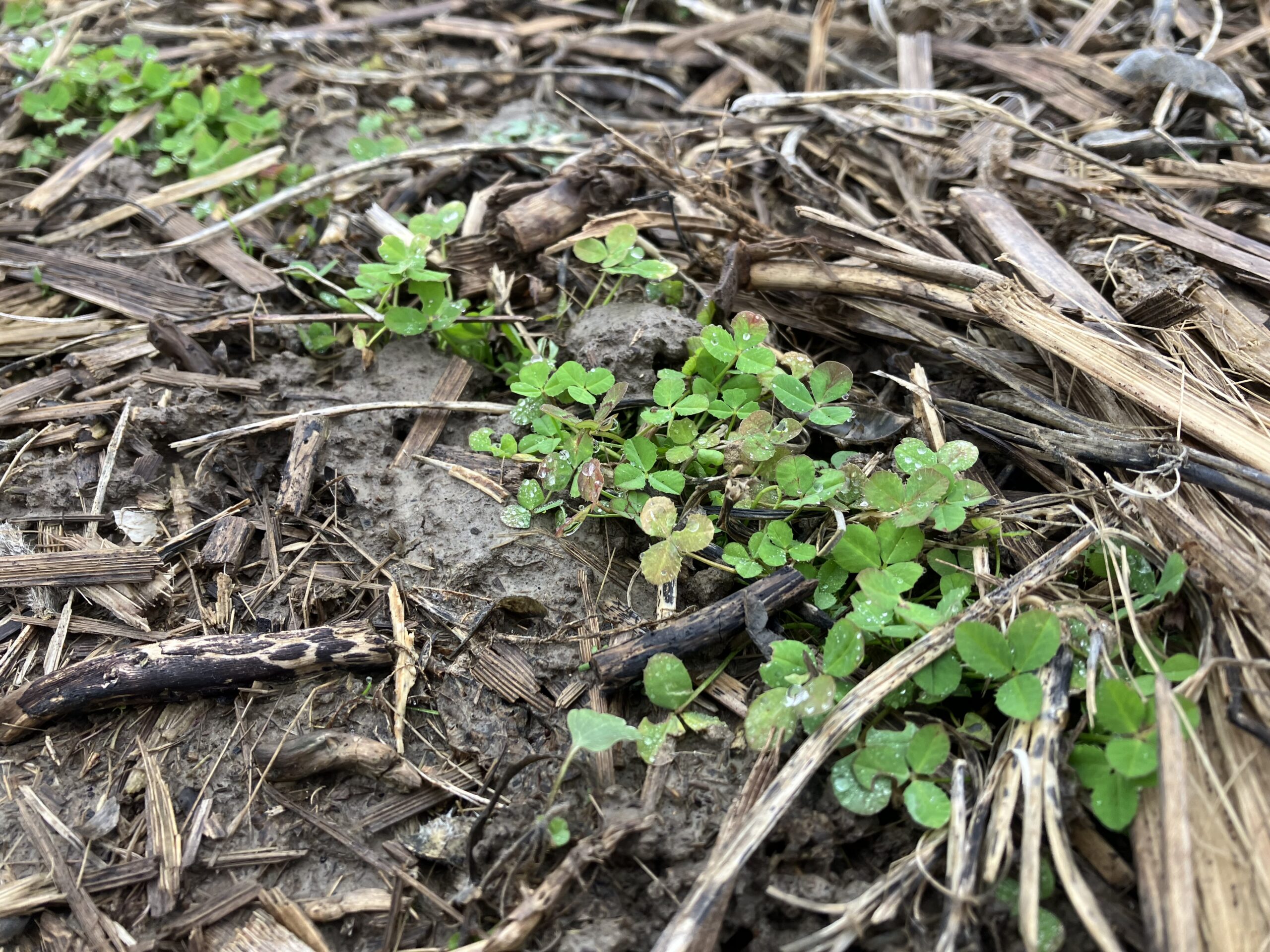
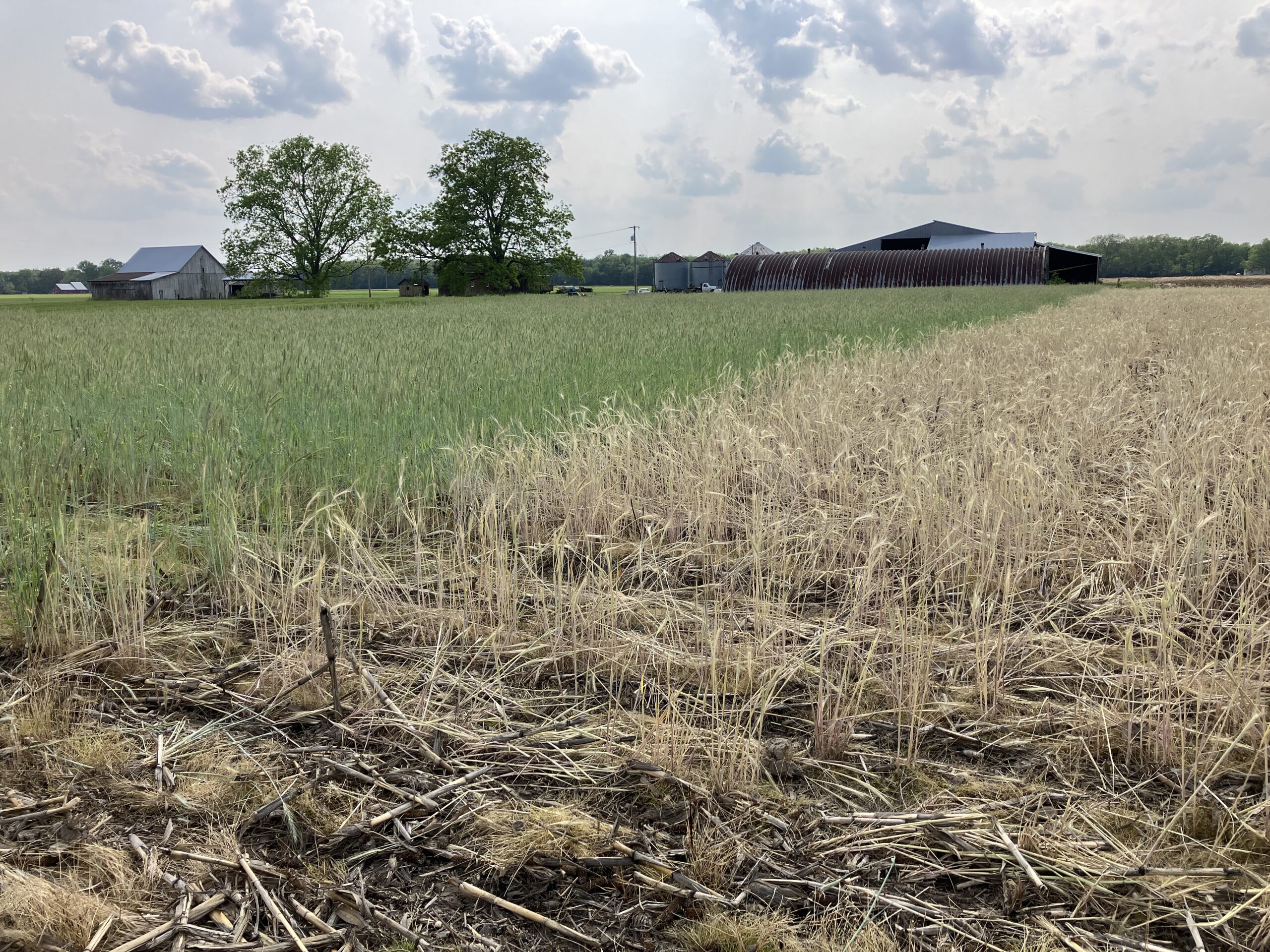
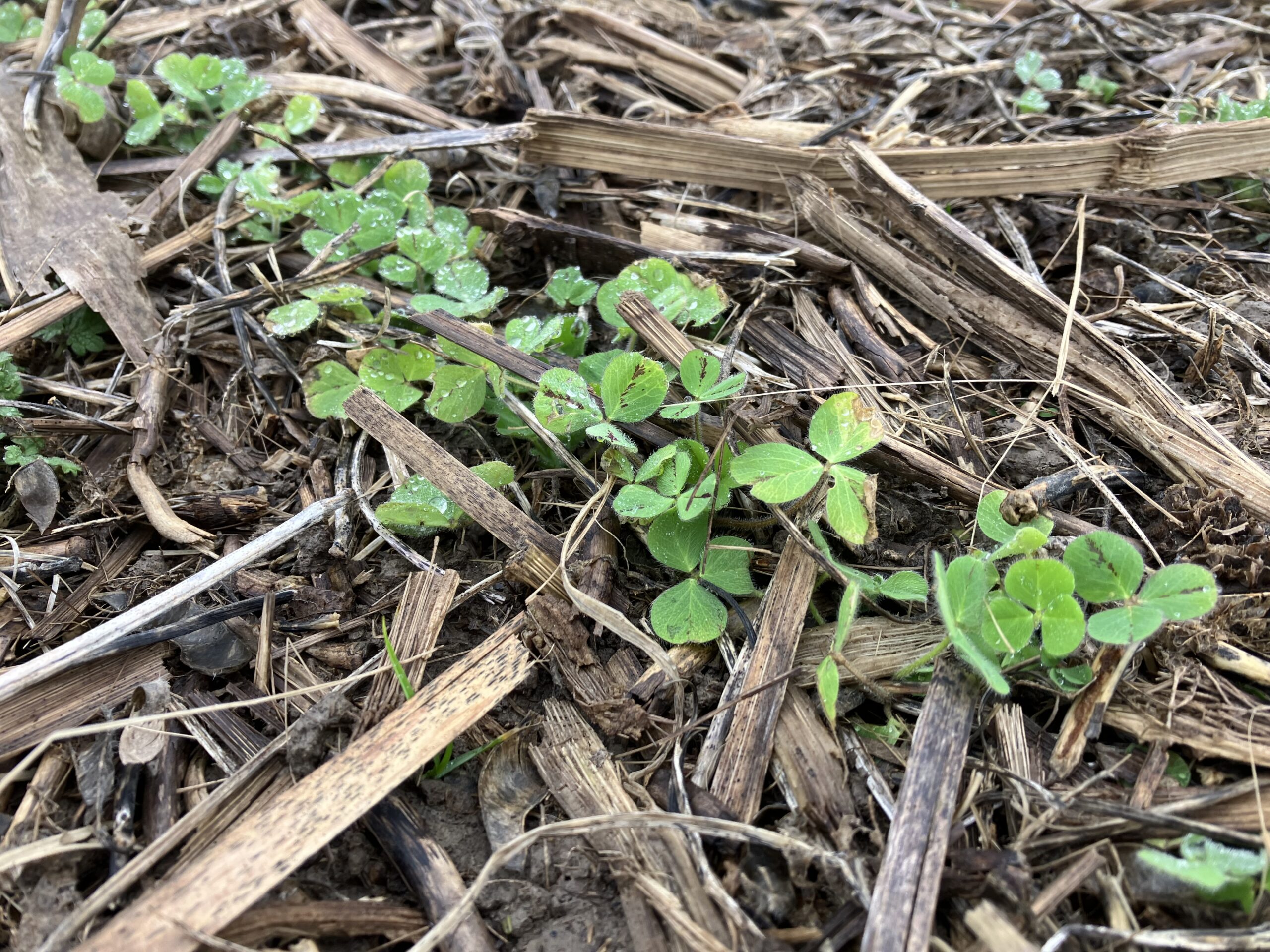
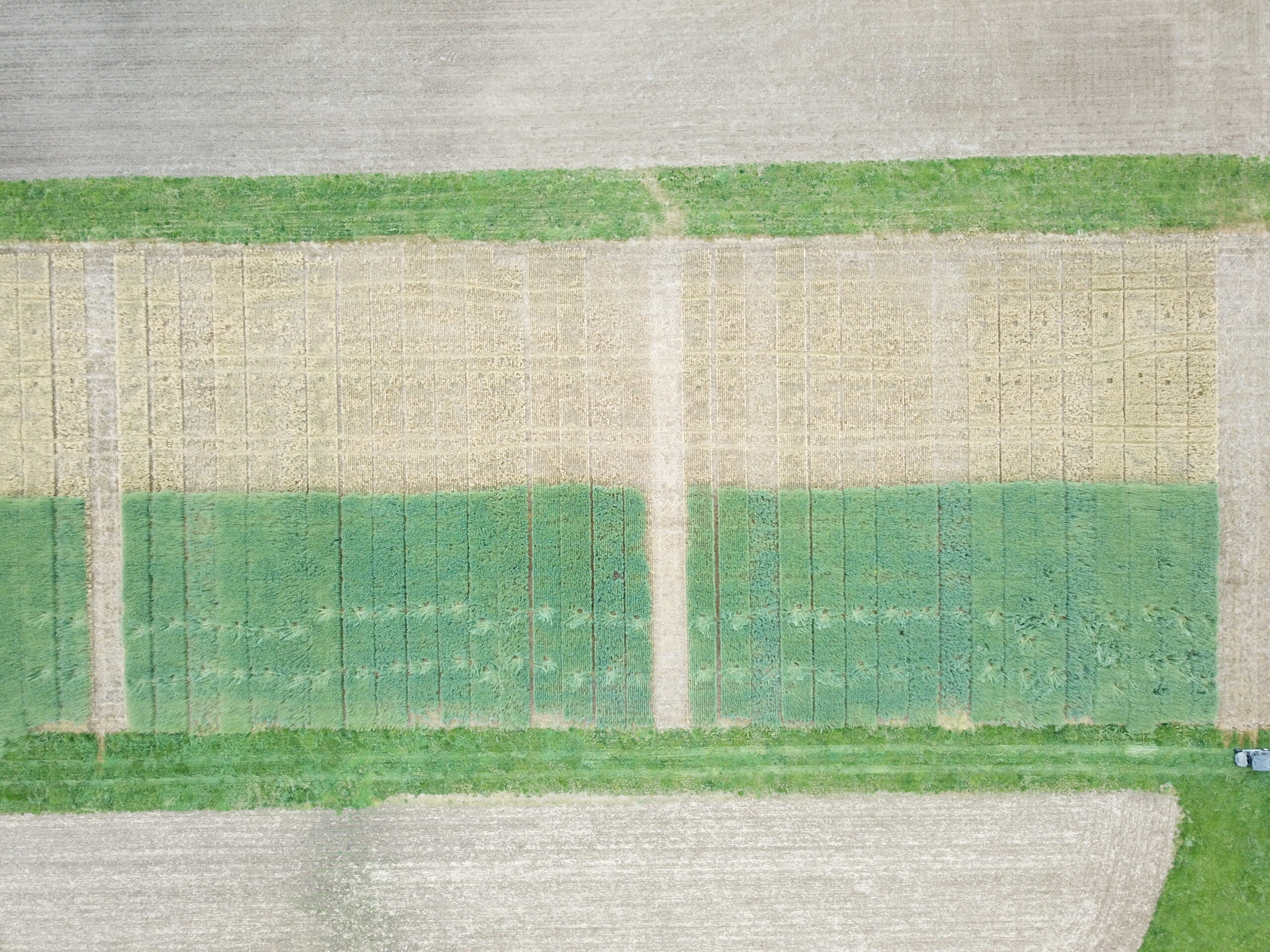
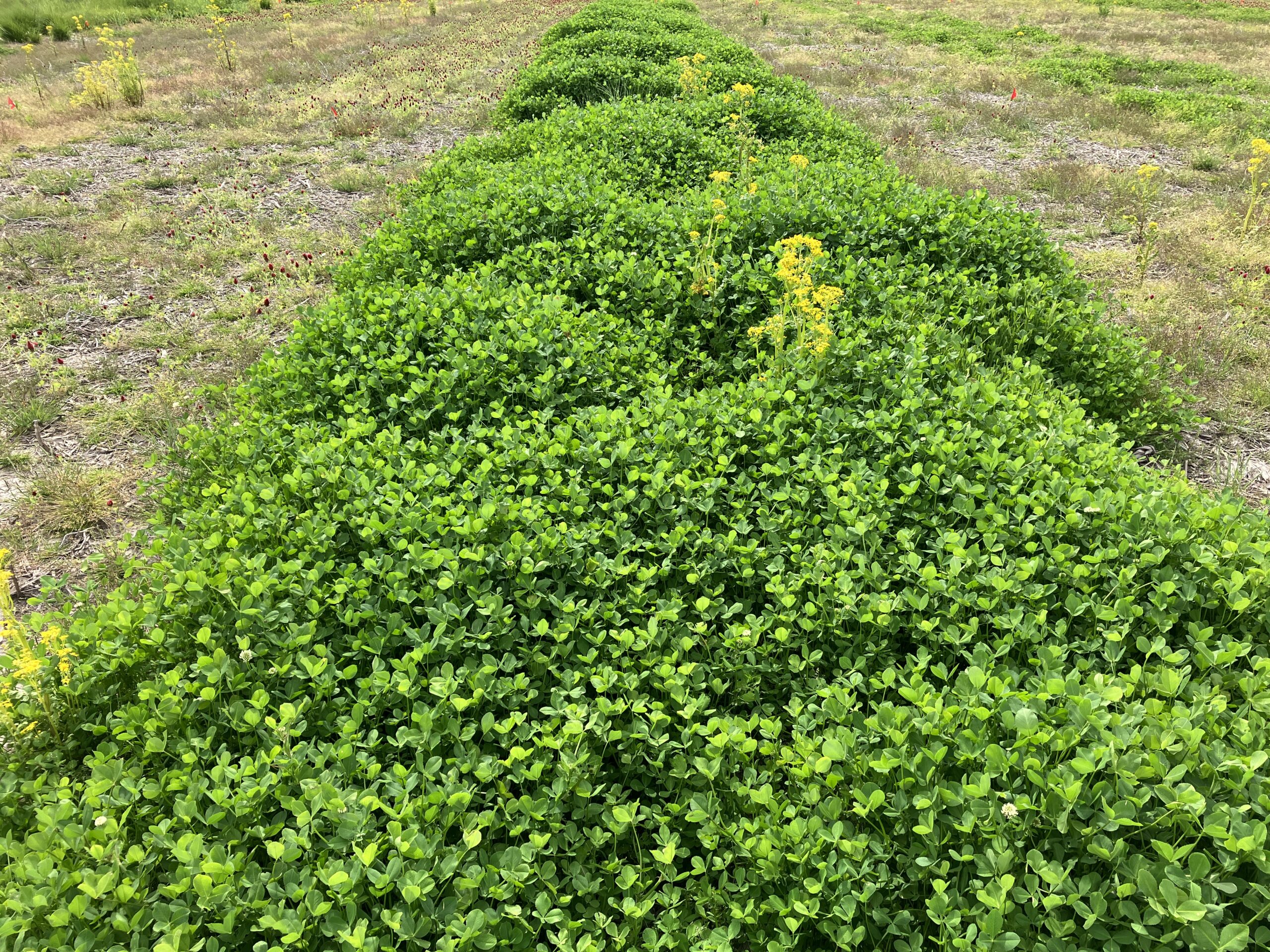



 and then
and then